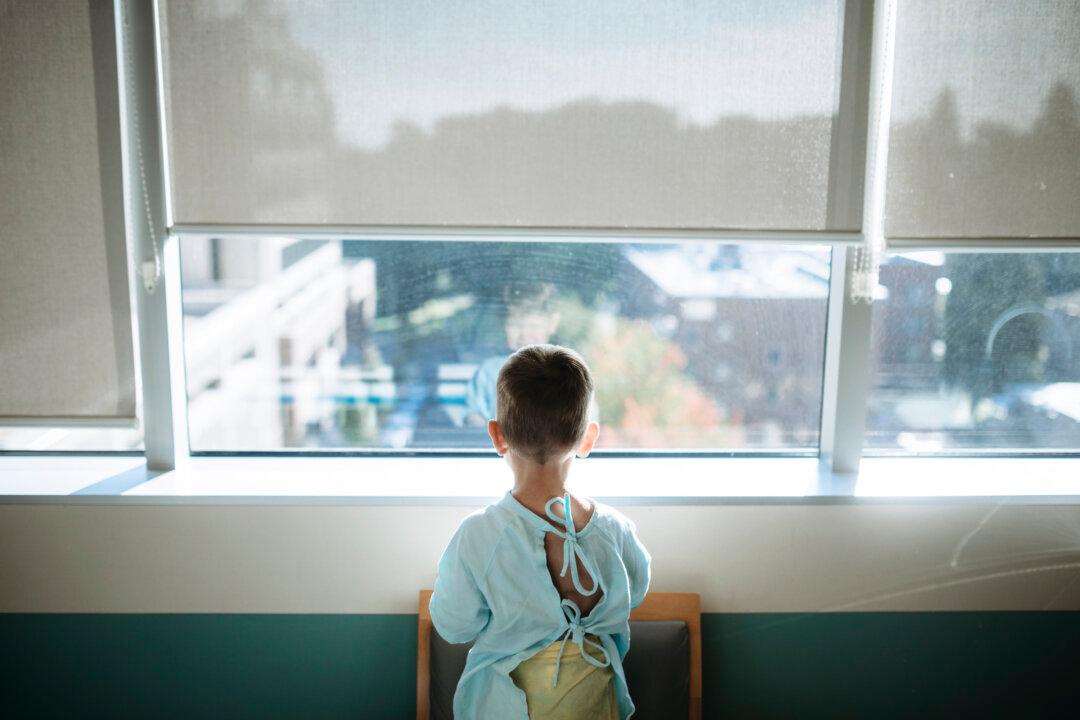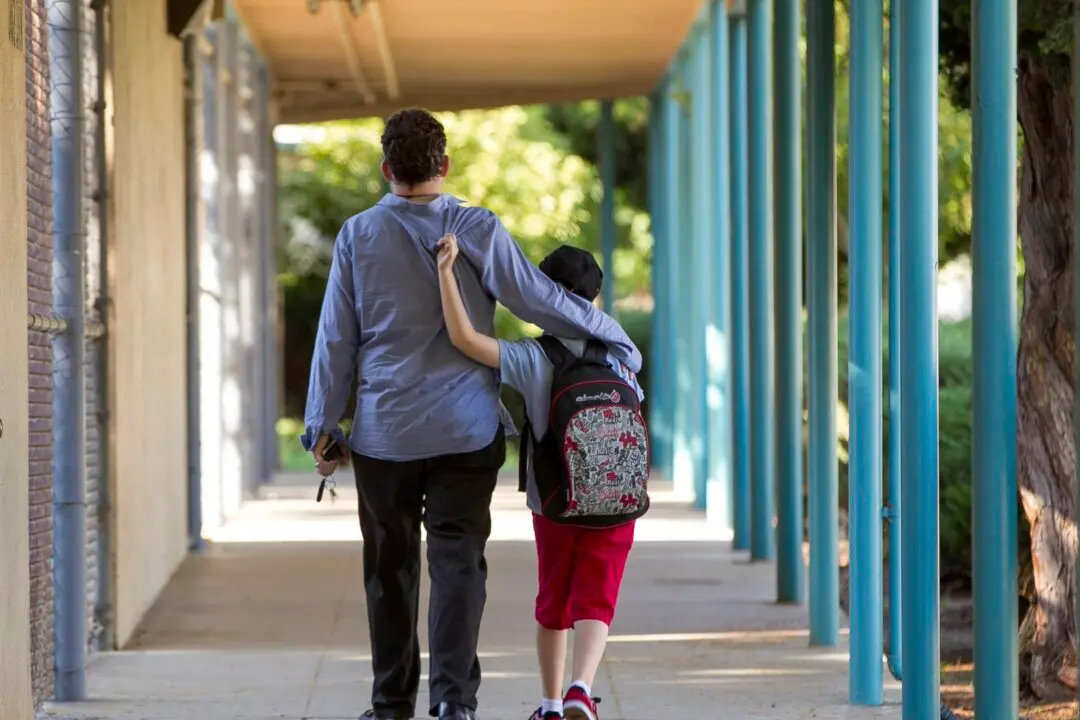Many Canadian children in need of palliative care are not receiving it until their final weeks or days of life—and that’s if they receive it at all, according to a newly released report.
There are “high numbers” of children who would benefit from paediatric palliative care (PPC) upon diagnosis of a serious illness or condition, according to a new report from the think tank Cardus. Fixing access issues to such services is especially important because children in Canada could become legally eligible for assisted suicide, Cardus health program director and report author Rebecca Vachon said.





